- DroidAfrica
- Mintt
- Mintt CoolMintt DUO3
Mintt CoolMintt DUO3
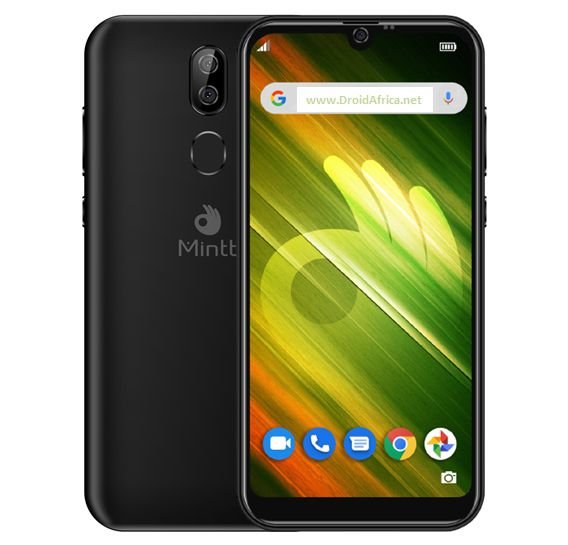
Mintt CoolMintt DUO3 Highlights and Overview
The CoolMintt DUO3 is an entry level smartphone with a quad-core CPU from Mediatek. The device comes in a 5.7-inch screen with 720 x 1520 pixels resolution. The display panel is an IPS, and has a notch overhead housing a selfie camera.
On the inside, the Mintt CoolMintt DUO 3 has a quad-core Mediatek MT6739 CPU clocked at 1.3GHz, along with PowerVR GE8100 GPU, 3GB RAM and 32GB of built-in storage.
On the camera department, you are getting a dual 13MP + 0.3MP rear camera, along with a single LED flash. While a single 8MP front sensor, will handle the selfie need of the device.
The device run on Android 9 (Pie) out of the box, and as the name suggests, comes with dual Nano-SIM with support for LTE network, while a 2700mAh battery supplies power to the phone. The device has both a rear-fingerprint scanner and FaceID. The full specifications and features of the Mintt CoolMintt DUO3 4 smartphone are detailed in the table below.
Mintt CoolMintt DUO3 Full Specifications and Features
NETWORK
| Technology | GSM / HSPA / LTE |
| 2G Network Bands | GSM 850 / 900 / 1800 / 1900 - SIM 1 & SIM 2 |
| 3G Network Bands | 850/900/2100 |
| 4G Network Bands | LTE band B1/3/5/7/8/28AB |
| Speed | HSPA 42.2/5.76 Mbps, LTE Cat4 150/50 Mbps |
LAUNCH
| Also Known As |
- - |
BODY
| Dimensions | 148 x 72.5 x 9.6 mm |
| Weight | 174 grams |
| Build | Plastic |
| SIM Type | Dual SIM (Nano-SIM, dual stand-by) |
DISPLAY
| Display Type | IPS LCD capacitive touchscreen, 16M colors |
| Size | 5.7 inches, 68.9 cm2 (~82.2% screen-to-body ratio) |
| Resolution | 720 x 1520 pixels, 19:9 ratio (~286 ppi density) |
PLATFORM
| Operating System | Android 9.0 (Pie) |
| Chipset | Mediatek MT6739 (28 nm) |
| CPU | Quad-core 1.3 GHz Cortex-A53 |
| GPU | PowerVR GE8100 |
MEMORY
| RAM + ROM | 3 GB |
| Card Slot | Yes, up to 64 GB via microSD card |
MAIN CAMERA
| Camera Type | Double Lenses |
| Camera Sensor(s) | 13 MP + 0.3 MP main camera |
| Camera Features |
Autofocus Continuous shooting Digital zoom Geotagging Panorama Face detection |
| Video Resolution | 1080p/720p@30fps |
SELFIE CAMERA
| Camera Type | Single Lens |
| Camera Sensor(s) | 8-megapixel |
| Camera Features |
FaceID Face Beautification |
| Video Resolution | 720p |
SOUND
| Loudspeaker | Yes |
| Speaker Location | Chin; Below the screen |
| Audio Jack Type | Yes, 3.5mm audio jack |
CONNECTIVITY
| Bluetooth | Bluetooth 4.2, A2DP |
| NFC | |
| GPS | Yes |
| FM Radio | Yes |
BATTERY
| Battery Capacity | Removable Li-Ion 2700 mAh battery |
| Wireless Charging | No |
| Talk Time Talk Time is the longest time that a single battery charge will last when you are constantly talking on the phone under perfect conditions, Ambient temperature and highly dependent on the cellular network environment such as the distance to the closest cell network tower. | Up to 17 hours |
| Stand-by | Up to 360 hours |
OTHER FEATURES
| Sensors | Fingerprint (side-mounted), accelerometer, proximity, compass |
| Box Contents | Charging Brick / USB cable |
Mintt CoolMintt DUO3 User Reviews and Opinions
Disclaimer Note
This specification was entered manually, hence we CANNOT guarantee 100% accuracy. Any error? Let us know in the comment section.







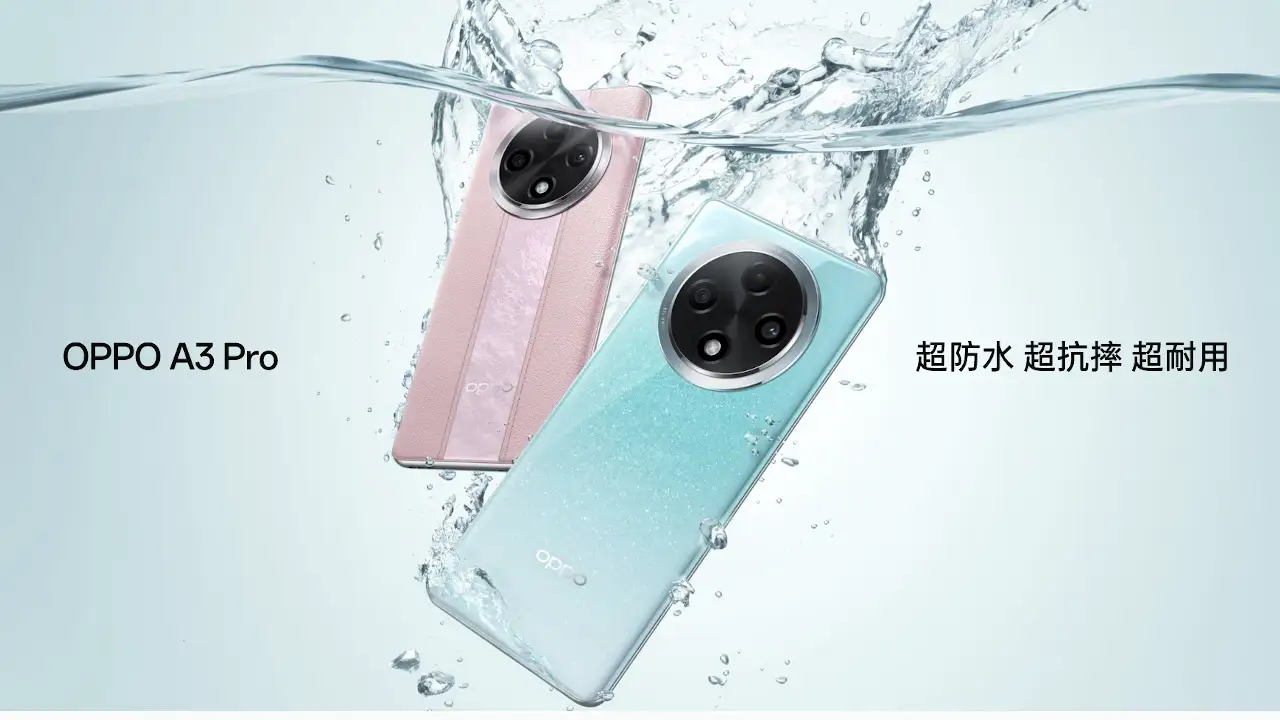

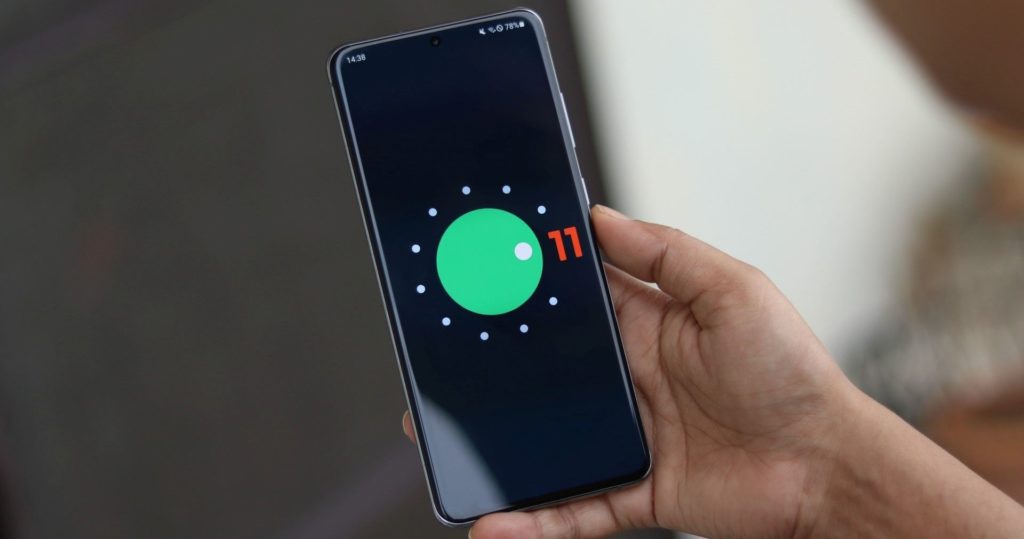
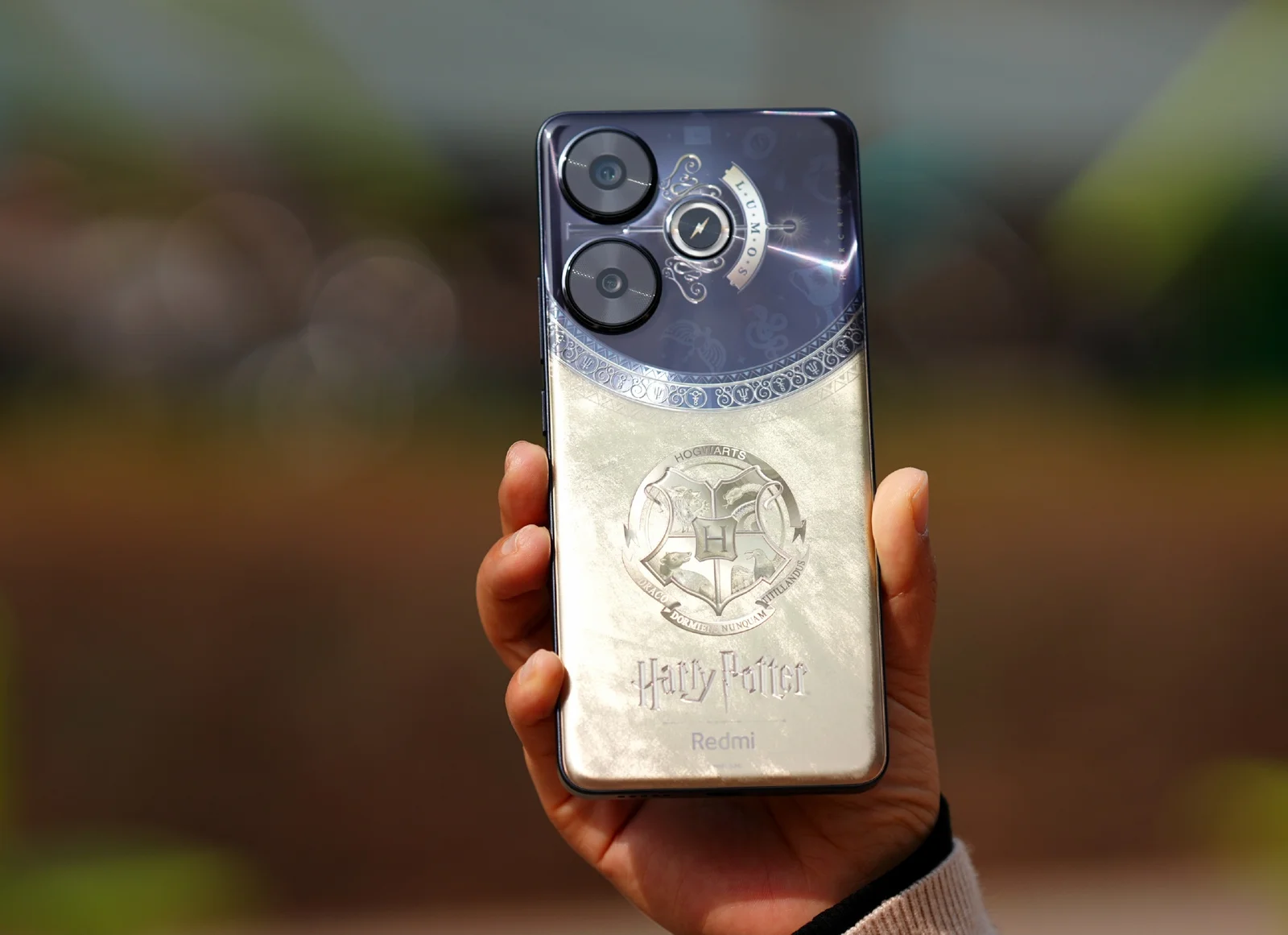
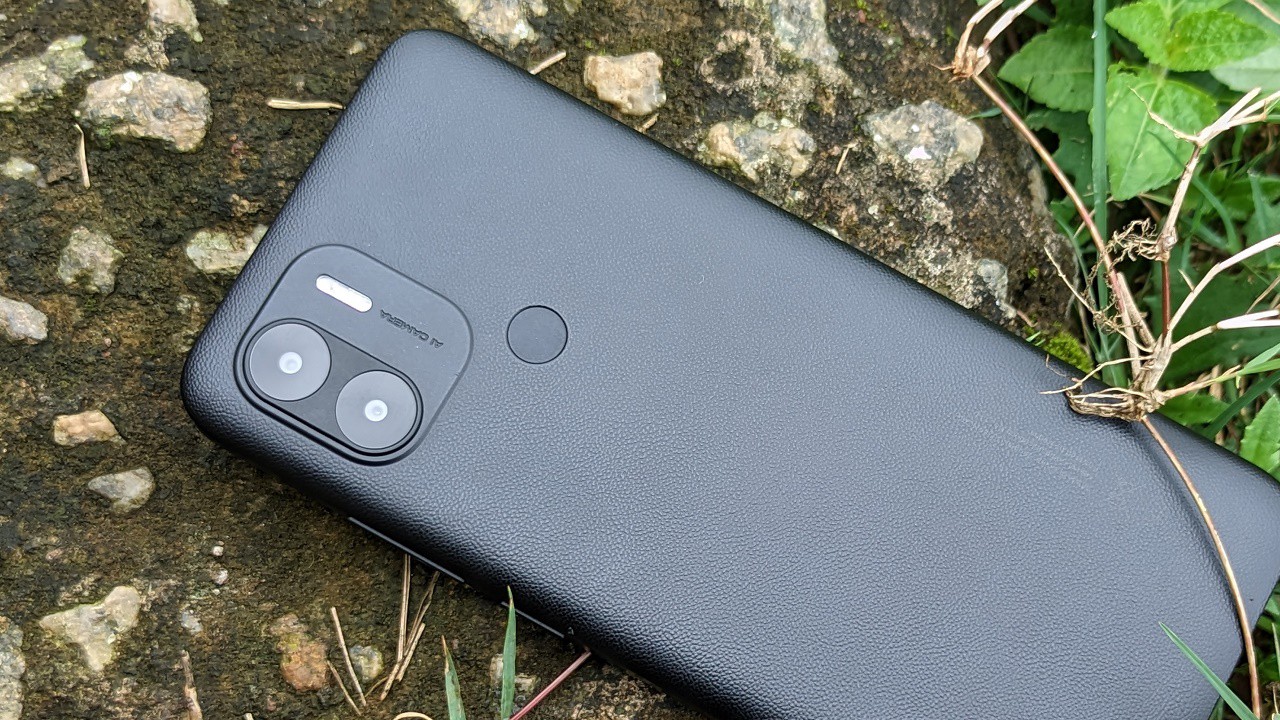
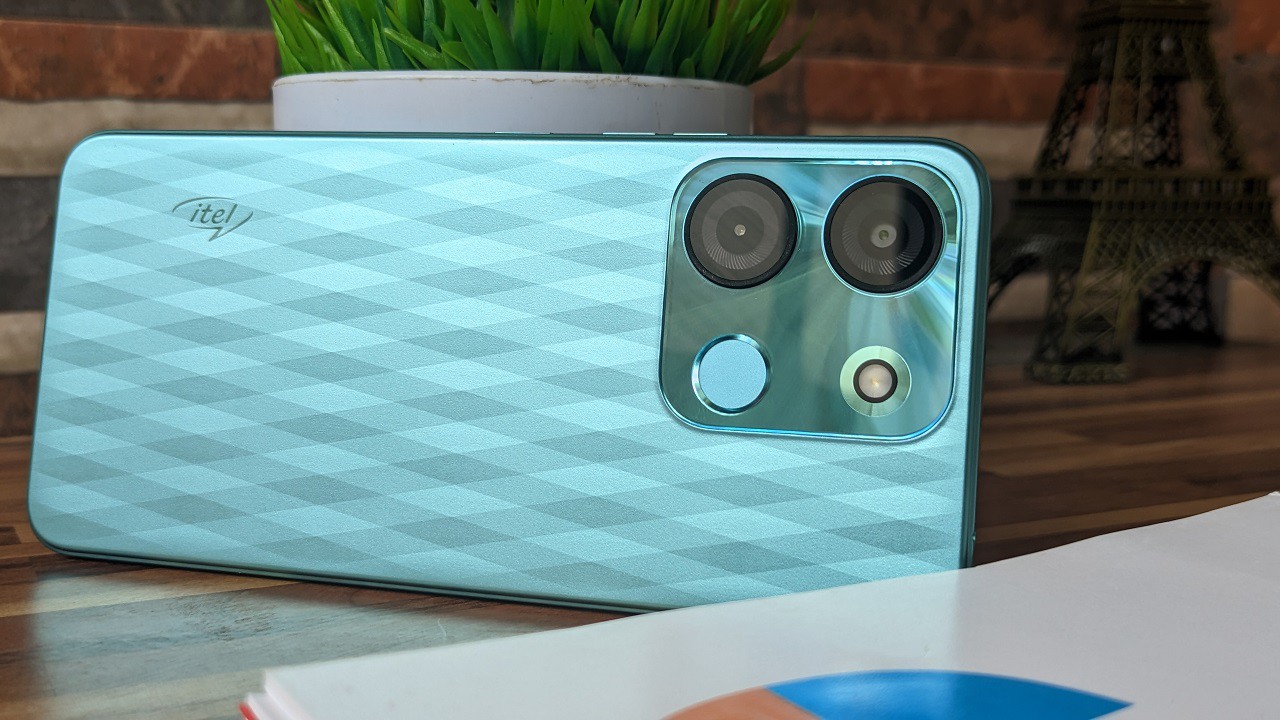
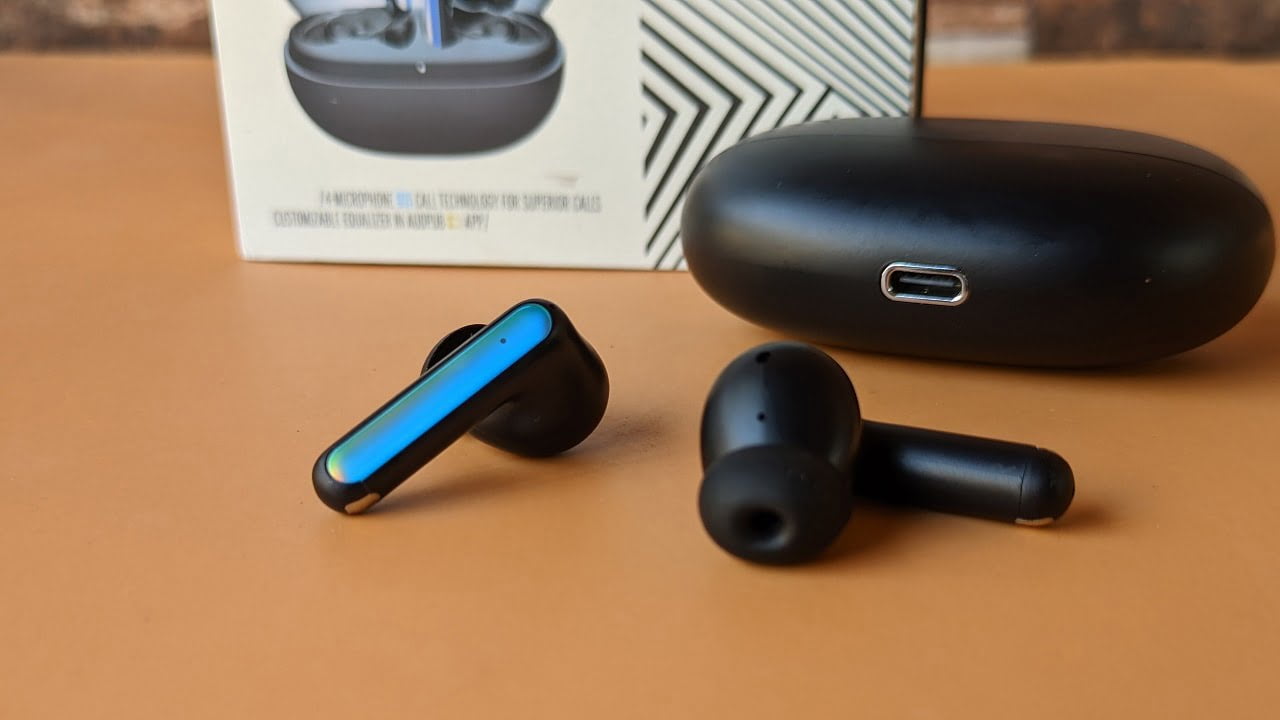
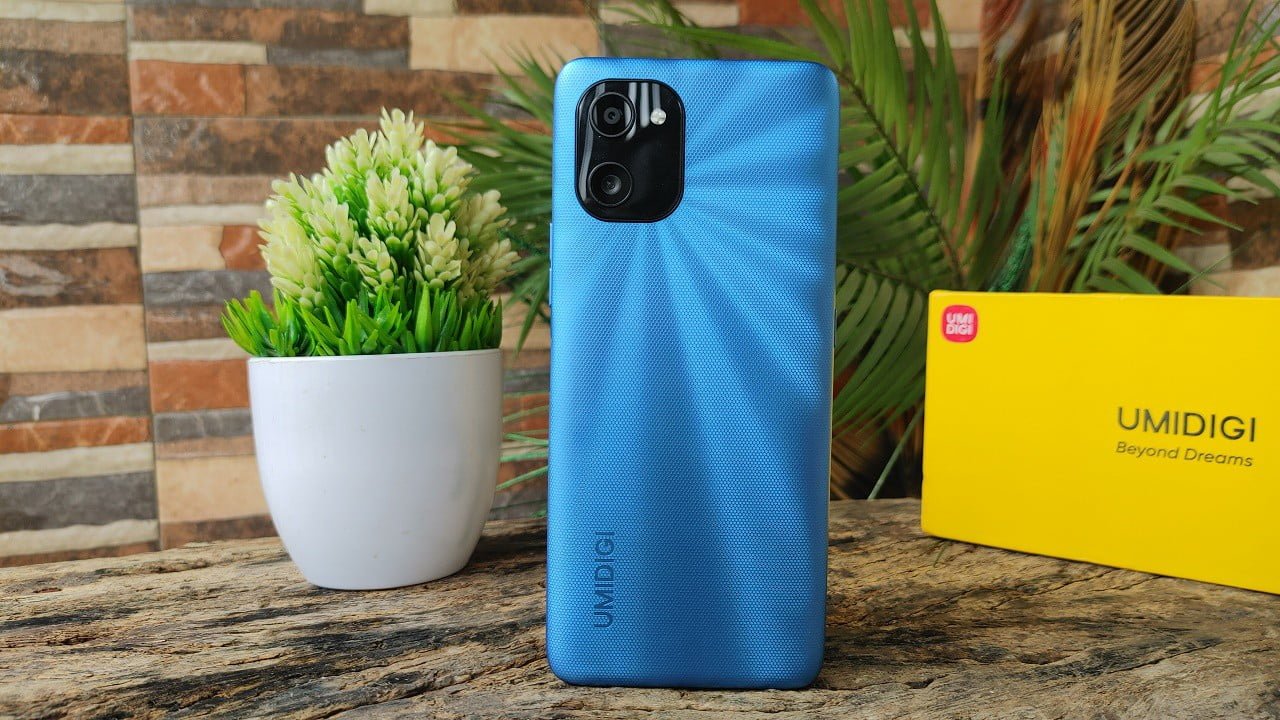
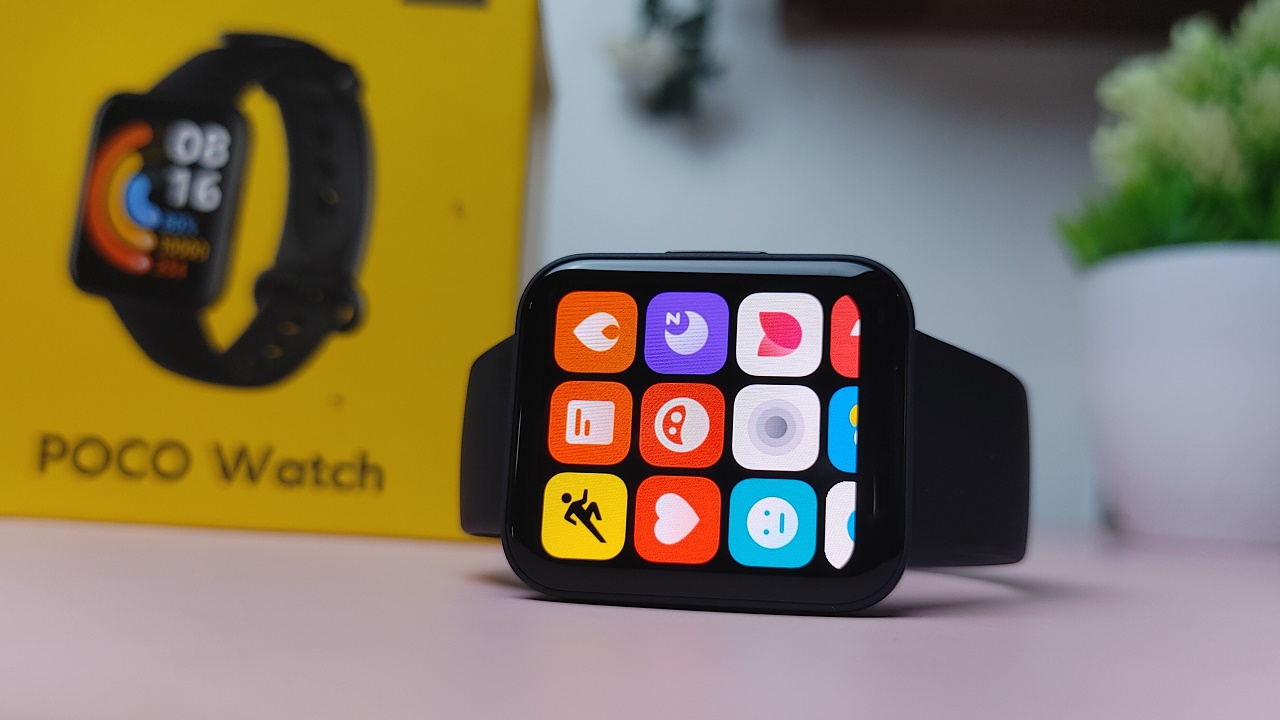
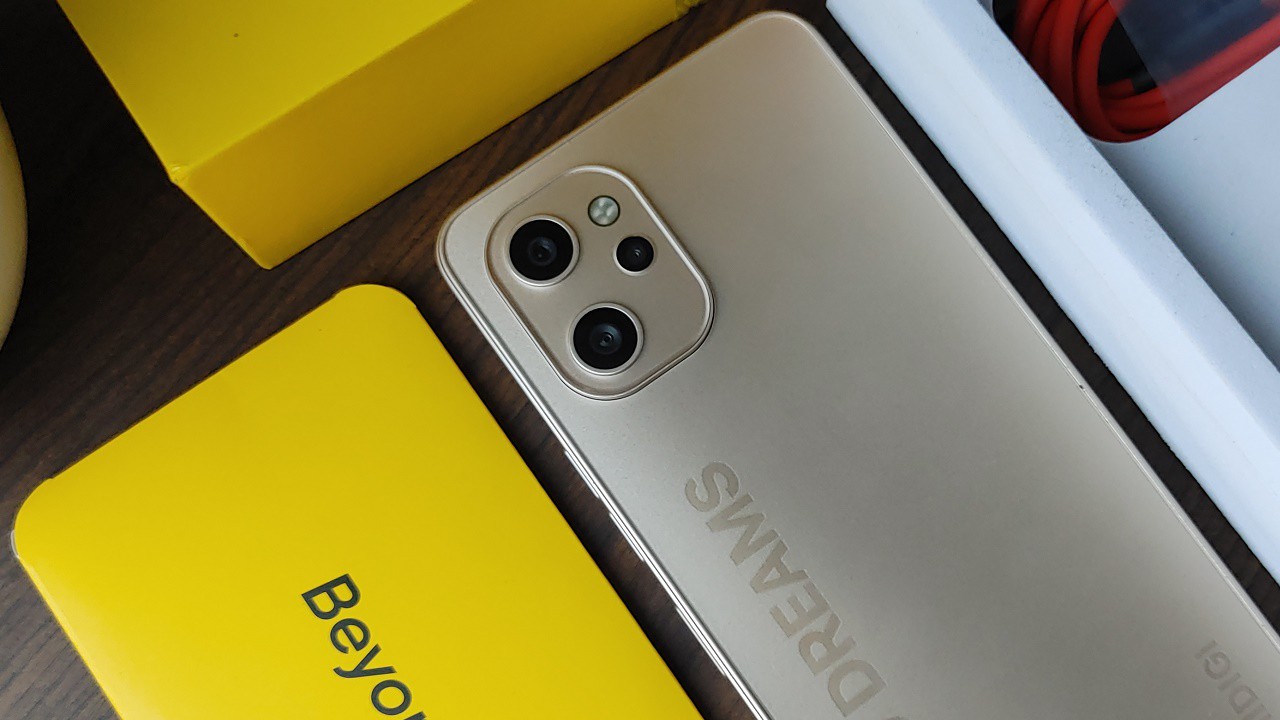
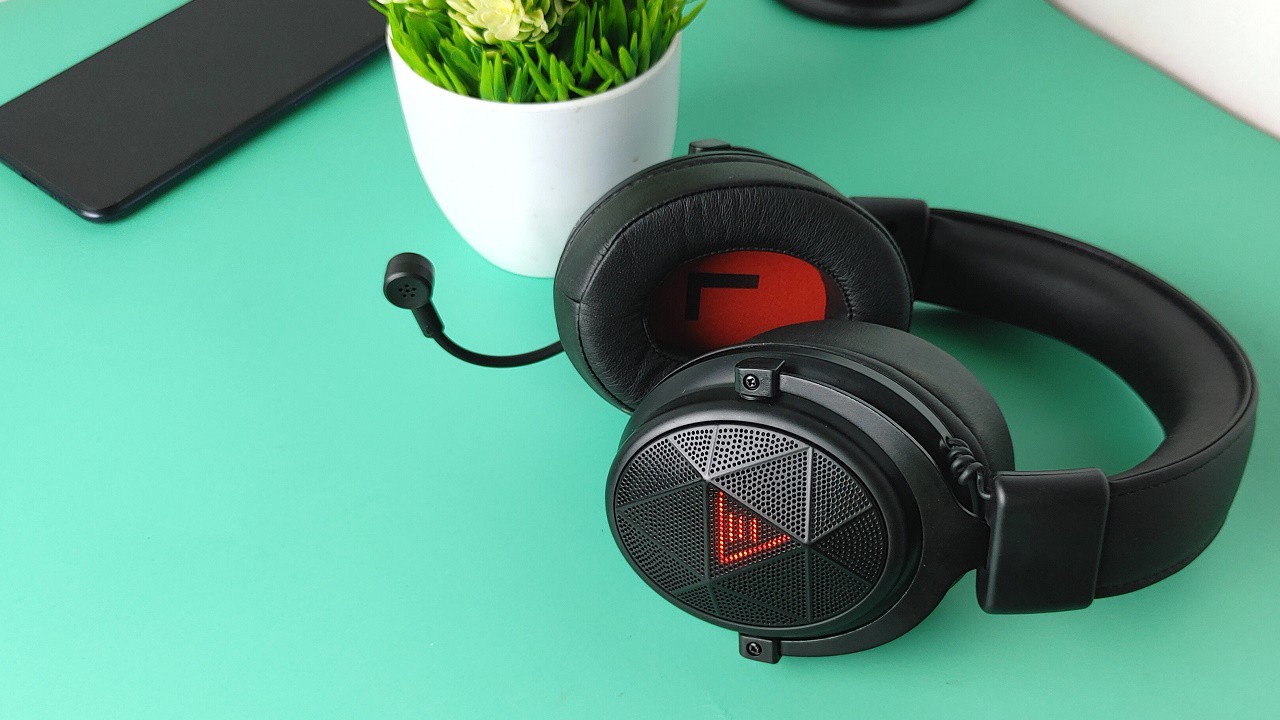
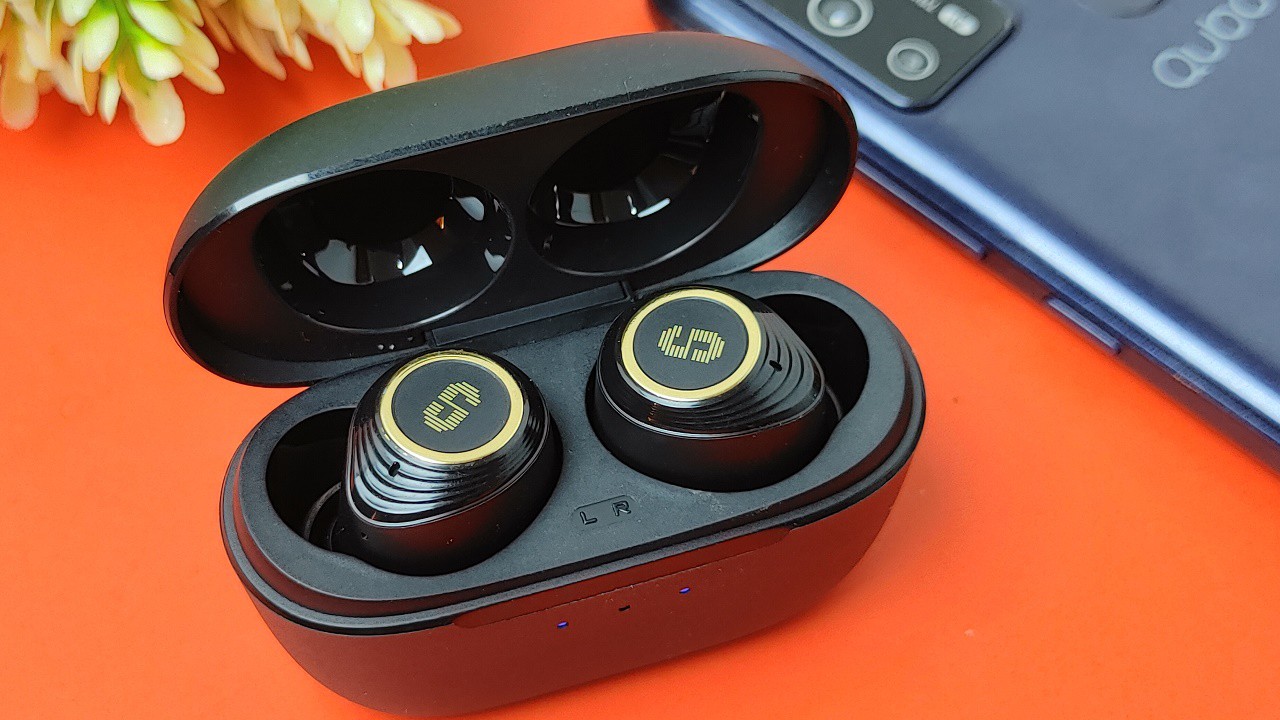
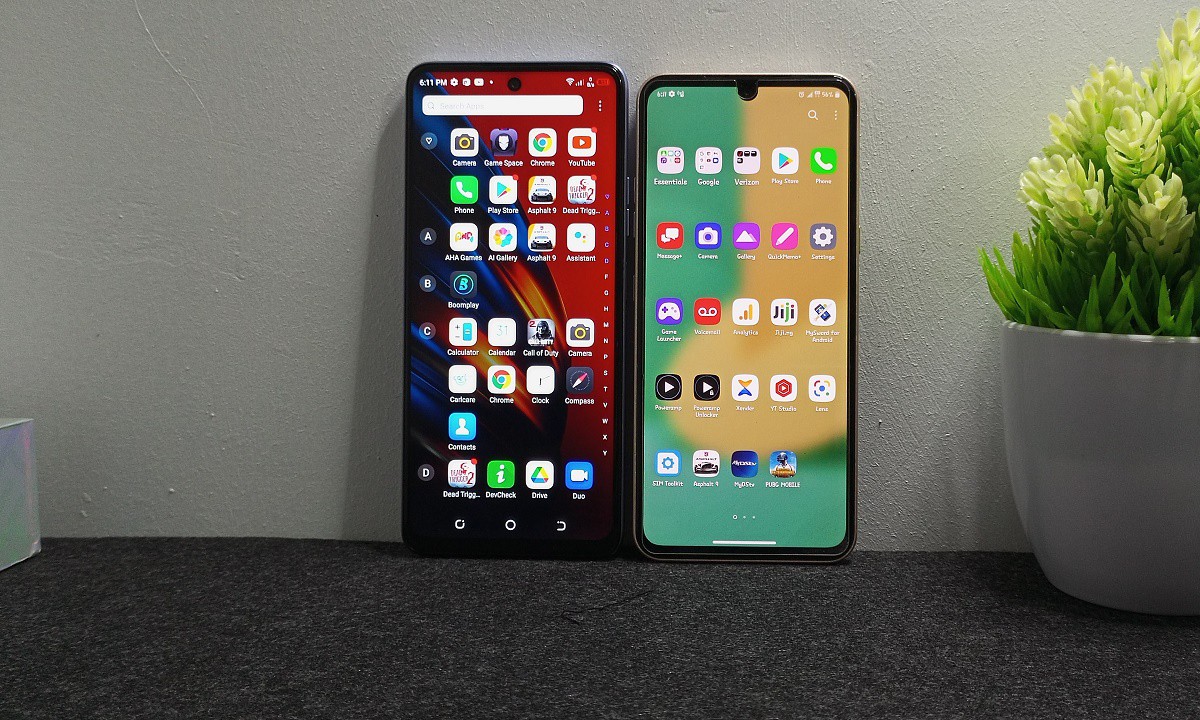

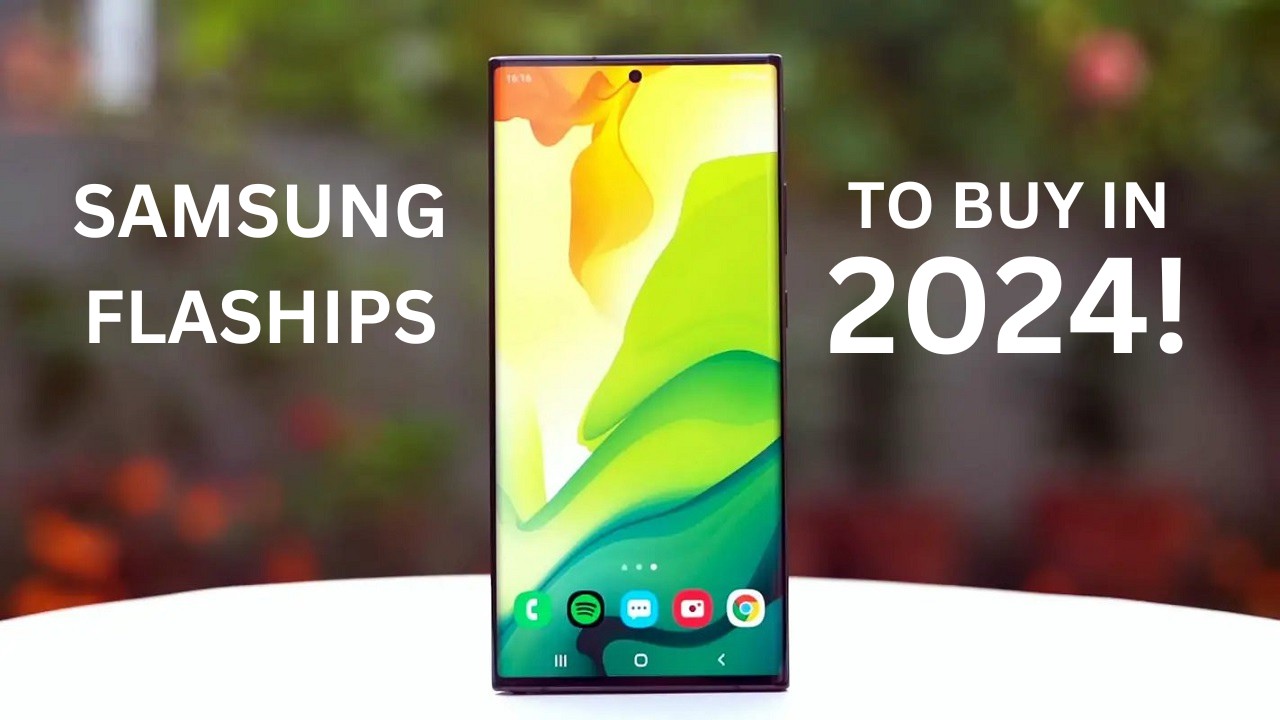
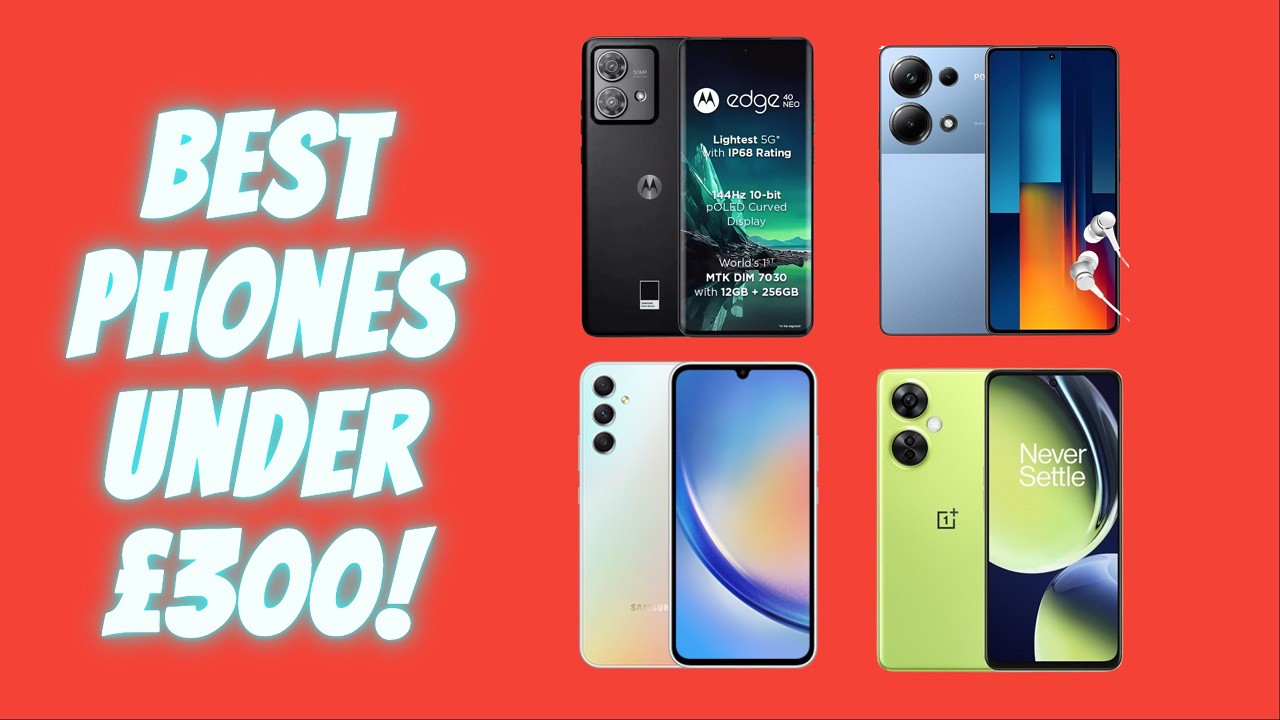

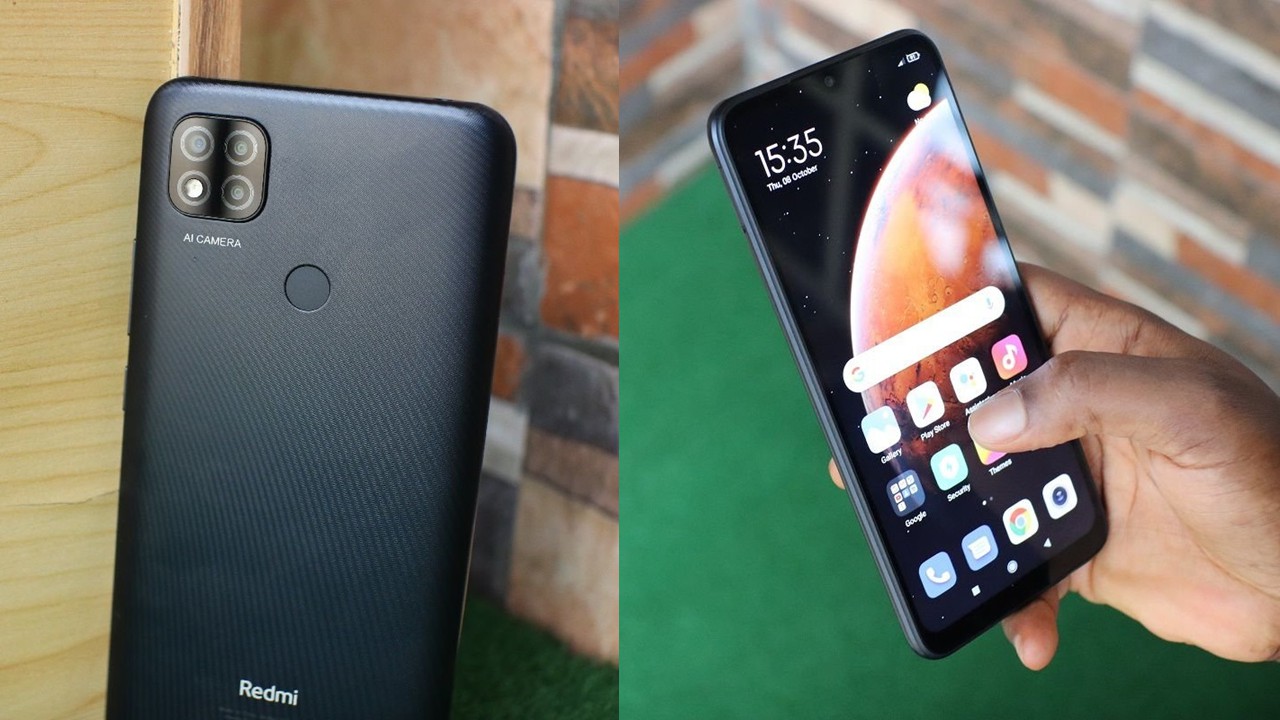
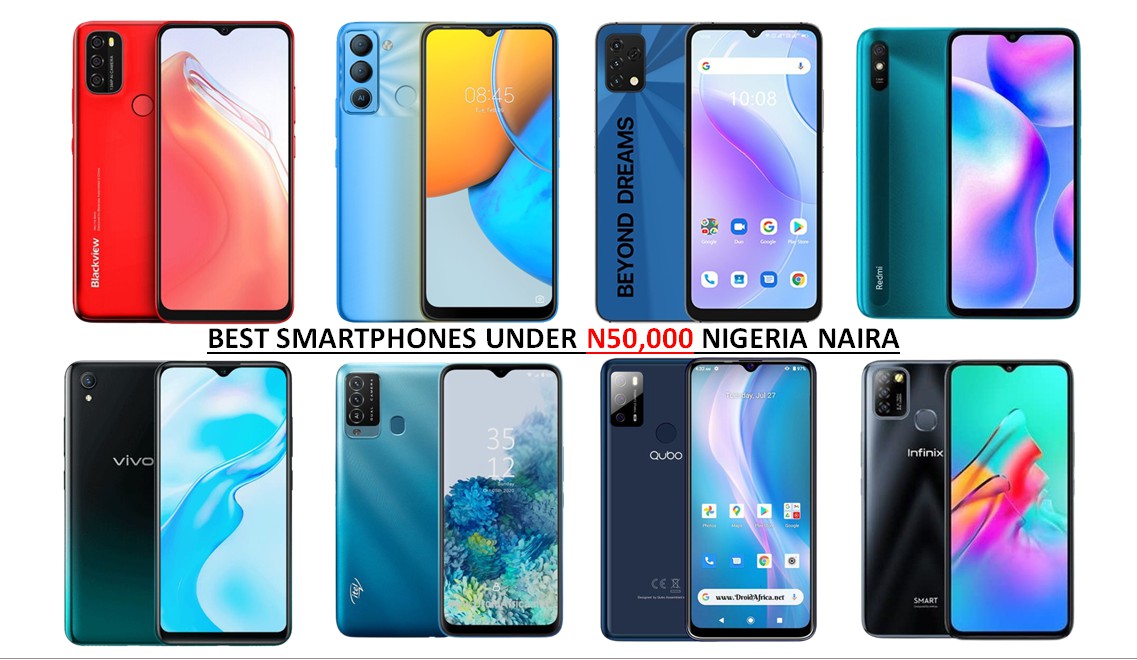
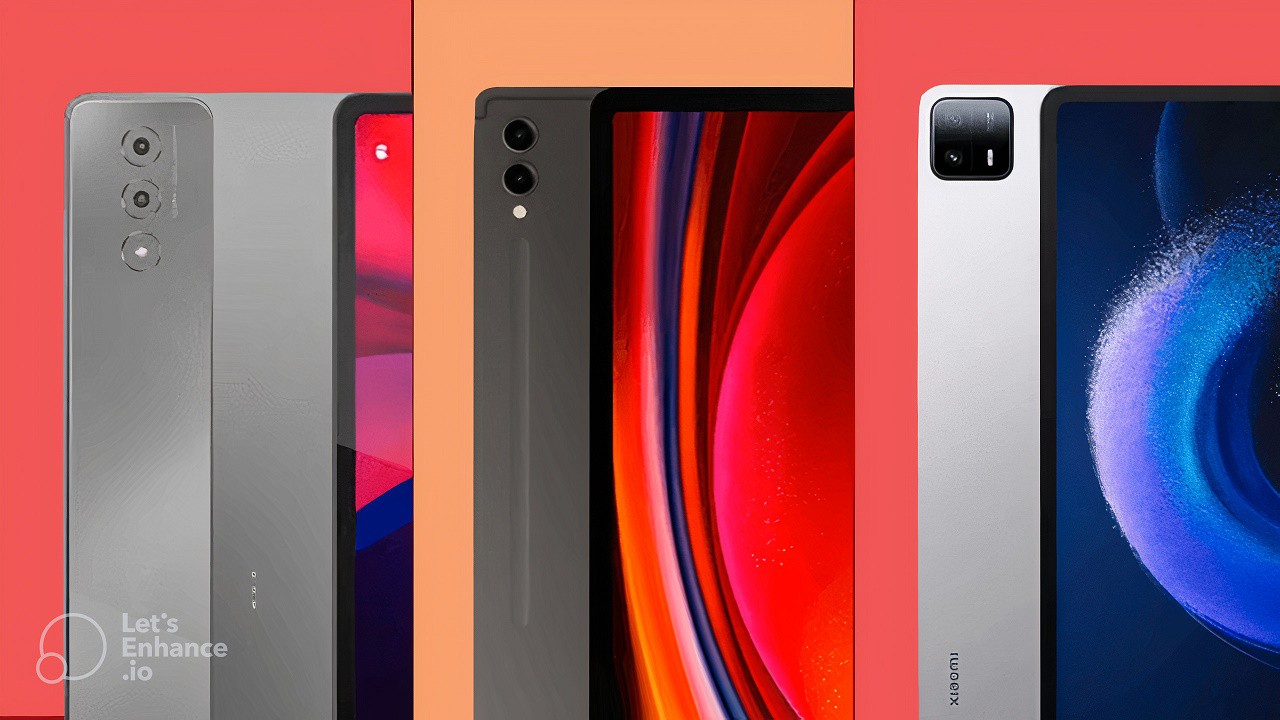
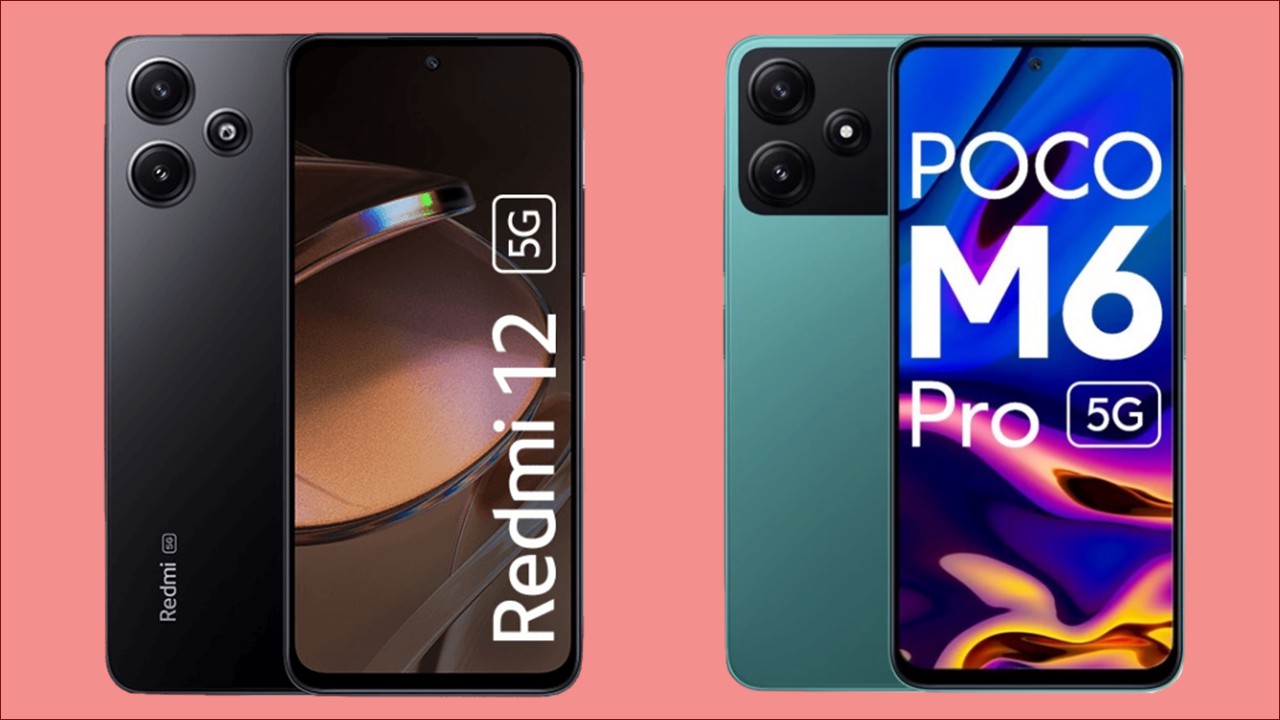
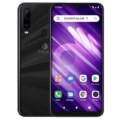
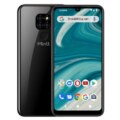
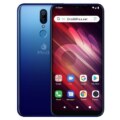
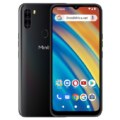
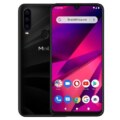
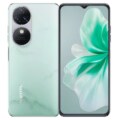
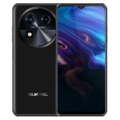
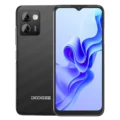

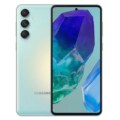
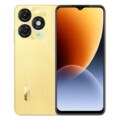

Leave a Reply